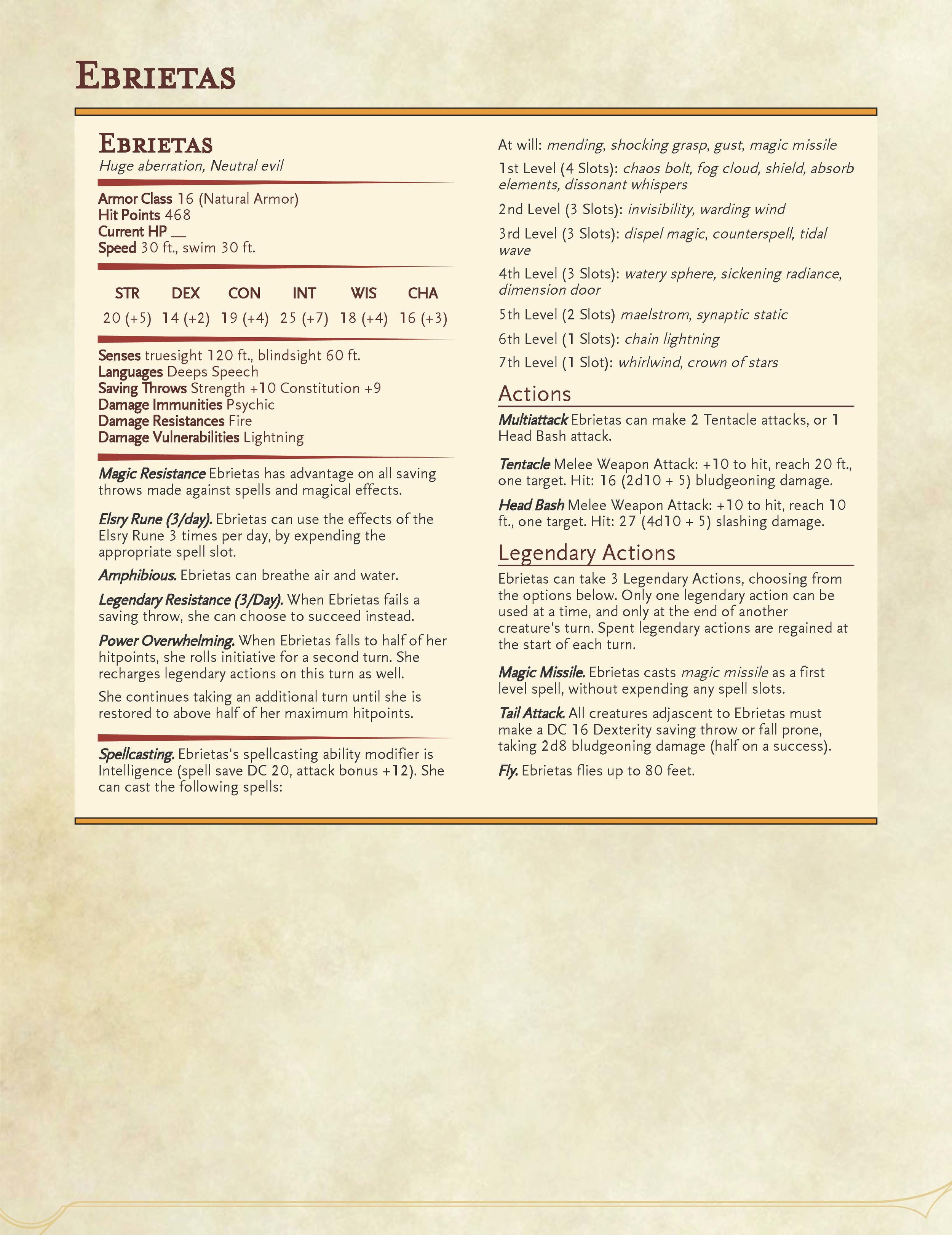Some thoughts on character specialization
I might’ve lied. Technically this is a post on character specialization. However it’s primarily me ranting and raving and generally putting down other people’s thoughts on the subject using allegories and analogies that I have an emotional attachment to. Maybe you’re thinking hey, isn’t that what he always does?
You’d be correct.
I’ve been working on the Rebuilt Ranger recently, squeezing original abilities and spells out of my head like a pressed orange to what’s essentially the husk of the revised ranger Wizards Of The Coast released. There’s something of a shibboleth floating around the ranger class, a preprogrammed response to that afterthought-design cobbled mess. Everyone likes to talk about the Beast Master, and while I of course agree that it’s so miserably designed I practically hope WOTC never attempts a redesign of that particular subclass, I don’t like focusing on it! Poorly designed subclasses can still hold themselves together provided their built on the foundation of inappropriately design class. Likewise, a spectacularly designed subclass can elevate a poorly designed class (as unlikely as that particular combination is) so as to conceal some of core class’s flaws. For this reason, I focus on the Hunter. A subclass of impressive design, clearly focused on martial prowess with a host of well-designed abilities to complement a number of play styles. Unfortunately, the ranger still sucks. The Hunter would be even more fun to play or attach to a class that wasn’t half-baked.
That’s a standard intro I give to any conversation, post, or general essay on the ranger. Here though, I want to drill down on a specific debate on design within 5E. When is it appropriate to attach specialized class features? How specialized is too specialized? Do benefits against specific kinds of creatures take away from the fun of fighting anything else? That last one (aside from the fact I practically open this talking about the ranger) probably gave it away. I’m told what is ostensibly a core feature of the Ranger, favored enemy, can’t possibly do anything useful within the context of the game ( especially not combat). after all, if you’re especially good at dealing with a specific kind of enemy in combat, you’ll feel bad at fighting just about anybody else! How does the rest of the game feel about this? Ah yes, the forbidden question. Are there any other class features in the game that adhere to this apparently unshakable principle? Both the cleric and paladin have bonuses against particular enemies. The cleric has access to destroy undead, which functions as turn undead to any other living creature not immediately vaporized by it. Interestingly enough this is a channel divinity feature; every single cleric archetype comes with its own channel divinity feature. You can use that channel divinity as opposed to turn undead. How about the paladin? When he uses his divine smite feature (adds a bit of holy judgment to a weapon attack the paladin makes), The unfortunate creature takes additional damage if it is a fiend or undead. Not bad at all. What do both of these features have in common? They are not the end-all be-all of the class. In the cleric’s case, turn undead isn’t the only way to use his channel divinity feature. The paladin on the other hand, can apply divine smite to any creature, and simply gains an additional benefit if the creature is of a specific type.
No one really complains about not being able to fight undead in the case of the cleric, or both undead and fiends in the case of the Paladin. Their class features are satisfying enough on their own that fighting these enemies makes them especially useful: not simply useful. There is a difference. To further illustrate the point, imagine if you will that these holy warriors and men of the cloth had no special abilities or features to bring to bear against unholy terrors of the night? It might seem a little strange. Let’s suppose further that we spent several hundred words as a description of a supposedly core class feature describing how good these classes were at attacking these particular creatures. It would feel like a sham; you would wonder why it was there in the first place! The class itself might well mathematically check out in terms of its utility or skill in combat, but this obviously terrible design choice would leave you feeling underwhelming.
I think we can all see well enough that specialization enhances the specifically narrative elements ( how you think about your character and how it’s perceived by others) even if its only technical application is in combat. I sincerely apologize to all the people who think that storytelling and mechanics are completely divorced from one another, who will only read this apology after recovering from what was surely a solid five minutes of wailing and gnashing of teeth, spurred on by my previous statement. Moreover (steel yourselves, please), I think excluding specialization from where the narrative clearly made room for it is a recipe for disaster. Doubly so if the aforementioned hints from the narrative take the form of a 1,000 word description of a class ability.
If you want to make a big deal about how well the feature or class or spell deals with a specific problem, make sure it actually does. Features which deal with specific problems ( or simply do so especially well) should probably be tacked on to a generally useful class, not used as compensation for something underwhelming (side note, I might’ve just solved the poor transition from the 3.5 to 5E Ranger, you’re welcome). Thanks for reading.





